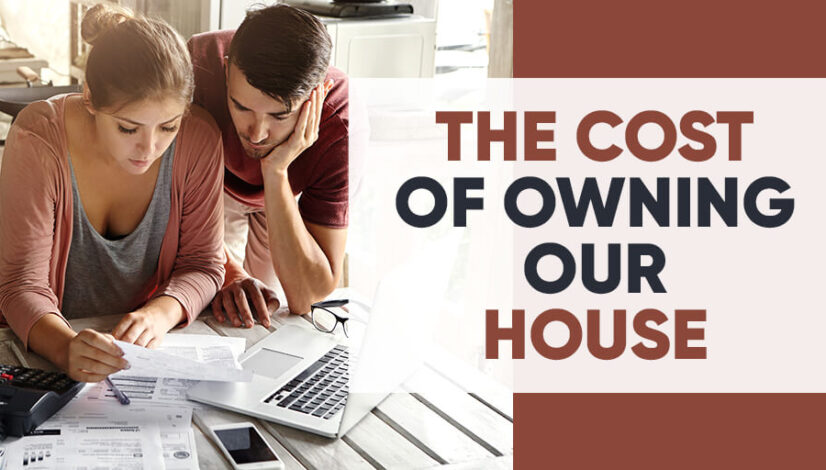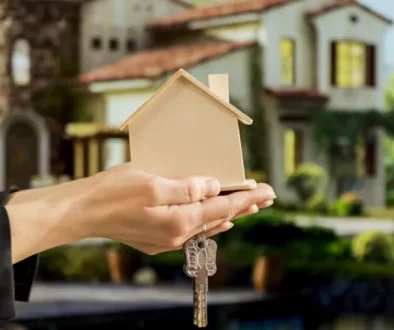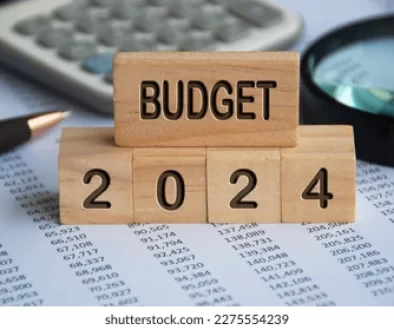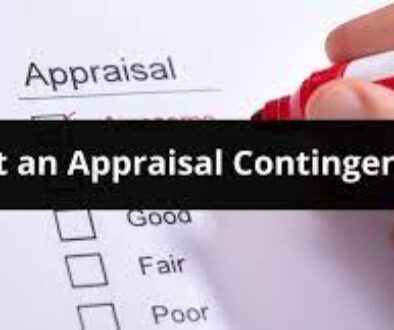The Cost of Owning a Home
First-time home buyers need to know the cost of buying a house can add up quickly. Many first-time buyers fixate on the listed sales price – a significant number to concentrate on – but often overlook other fees and expenses when buying a house. To help first-time home buyers prepare for all the costs they’ll encounter, we’ll take a closer look at the upfront expenses and fees of buying a home and the long-term costs of owning your first home.
Upfront Costs To Buy A House
The upfront costs of buying a house are a significant investment. The average home buyer can typically expect to spend 2% – 6% of the home purchase price in closing costs, which includes inspections, appraisals and earnest money. Once you add these expenses to the purchase price, the total cost of buying a home starts to snowball.
First, let’s explore the one-time and upfront fees first-time home buyers should prepare for when buying a house.
Down Payment
First time home buyers may not realize that their down payment will usually be their most significant expense. The down payment is a percentage of your new home’s purchase price and the first major payment you make toward your home purchase. For example, if you buy a $200,000 home and put 10% down, you’ll bring $20,000 to closing – which is when your down payment is due.
Many first-time buyers mistakenly believe they can’t buy a home unless they put 20% down. But 20% isn’t a requirement. You can buy a home with 3% down on a conventional loan, and some government backed mortgages even have 0% down payment requirements.
However, there are a few benefits to making a larger down payment:
- Avoid PMI: If you put down less than 20% with a conventional loan, you’ll pay a private insurance mortgage. It’s added to your monthly payment and protects your lender if you default on your loan. With a 20% down payment, you can avoid PMI.
- Secure a lower interest rate: The less money you borrow, the more attractive your loan becomes to a lender. With a larger down payment, your lender can offer a lower interest rate.
- Reduce your monthly payment: Putting more money down reduces your monthly mortgage payment. Taking time to save more before you buy will help you handle your monthly mortgage payments for the long term.
A 20% or larger down payment isn’t a requirement to buy a home, but it can help and unlock more mortgage options.
Earnest Money
First-time home buyers need to prepare to offer earnest money. Earnest money proves to a seller that you’re serious about buying their home. Once the deal is finalized, the earnest money deposit is applied to your down payment or closing costs.
Protect your earnest money deposit with a contingency in your purchase agreement. If the deal falls through and there is no contingency in the agreement, you could lose the money.
Closing Costs
Closing costs are the fees, taxes and administrative costs associated with buying a home. Closing costs pay for services like an appraisal, title insurance, an origination fee, the lender fee and any inspections.
The closing costs you pay will depend on where you live, your loan’s size and the type of loan you take out. Expect to pay around 2% – 6% of your total loan amount in closing costs. So, if you take out a $200,000 mortgage, you’ll likely pay between $4,000 and $12,000 in closing costs.
Like your down payment, your closing costs are due when you close on the loan and take legal ownership of the property.
Moving Costs
The upfront costs of buying a home don’t end after you sign on the dotted line. You’ll also need to consider the cost of moving to your new home.
If it’s a local move, the average cost to move is around $1,700. If it’s a long-distance move that’s over 100 miles, the cost will increase. Long-distance moves can cost anywhere from $2,700 to $10,000.
Ongoing Expenses When Buying Your First House
Homeownership has several ongoing expenses you’ll need to factor into your budget. Here are some expenses that may impact your choice of home:
Property Taxes
You don’t pay property taxes when you rent a home or apartment. But you will when you buy a house and should make a plan to pay your taxes.
Property taxes are paid to your local government for community amenities and services, like public schools, roads and fire departments. No matter where you live, you’ll pay property tax. Counties calculate property taxes based on a percentage of a home’s assessed value. If you live on an expensive property or in an area with higher local tax rates, you should expect to pay more.
Your mortgage company may keep your property taxes in an escrow account for your taxes and home insurance. An escrow account is a neutral third-party account that holds funds for a future purpose. Many loan servicers add property taxes to your monthly mortgage payment and keep the funds in the escrow account until they are due.
This method benefits you and your lender. You pay your property taxes in small increments throughout the year instead of worrying about making one large payment. Your lender knows you won’t get a lien on your house for failure to pay your property taxes. If you don’t have an escrow account, you’ll pay your property taxes yourself, so you’ll need to plan ahead to pay them each year.
Insurance And HOA Fees
Homeowners insurance is another cost of homeownership you’ll need to consider.
The insurance protects you against covered losses and damage to your home. Let’s say your policy protects your home against fallen trees or branches. If a tree falls on your house, the insurance company will help pay to repair any damage.
You may also need to budget for homeowners association (HOA) fees. The fees cover an association’s cost of maintaining shared common areas. Your HOA fees will depend on where you live and your amenities. The fees can cost anywhere from a few hundred dollars a year to thousands of dollars a month. On average, the owner of a single-family home pays $200 – $300 a month in HOA fees.
Utilities, Maintenance And Repair Costs
You may have paid some utility bills as a renter, and your landlord covered the rest. As a homeowner, you cover 100% of the cost of heating, cooling and lighting your home.
New homeowners can be surprised by the size of their utility bills. The average American homeowner spends about $270 a month on home utilities.
You’ll also need to budget for maintenance and repairs. As the homeowner, you’re on the hook for regular maintenance and all repairs, like fixing a noisy water heater or replacing an HVAC that stopped working.
If you own a single family home, you can expect to pay 1% – 3% of your home’s value in repair and maintenance costs. With a $200,000 home, that can be $2,000 – $6,000 a year. If your home is older or needs repairs, you may spend even more each year.
Starting an emergency fund before buying a home is a smart money move. An emergency fund can help cover costly repairs, especially the surprise or urgent ones. Your emergency fund should be separate from your down payment and kept in a place where you can access it quickly, like a savings account. Promptly covering repairs can help prevent long-term property damage. For example, if a pipe bursts, you’ll want to have cash available to call in a plumber ASAP.
Decorating Costs To Make Your House A Home
A luxury you may not have enjoyed as a renter is the freedom of decorating and renovating your home to meet your taste and specifications.
However, depending on the condition and size of your property, personalising your home can become an expensive project.
You may need to buy appliances for your new home, too. When negotiating with the seller, ask them which appliances come with the house and which ones they plan to take with them. You may score a great deal on large appliances by offering to buy them from the seller. Just make sure to include this arrangement in your purchase agreement.




